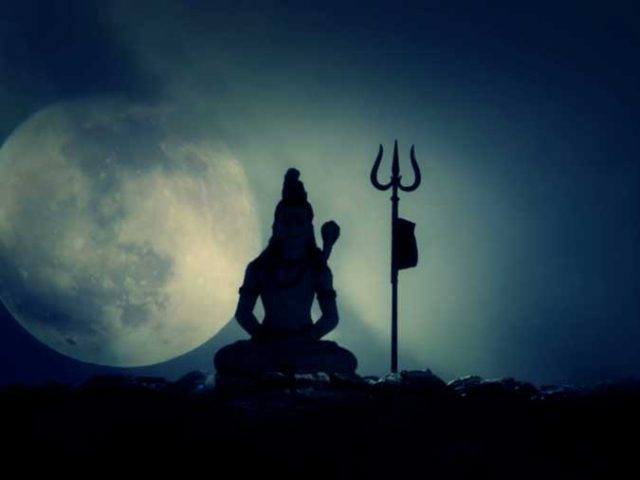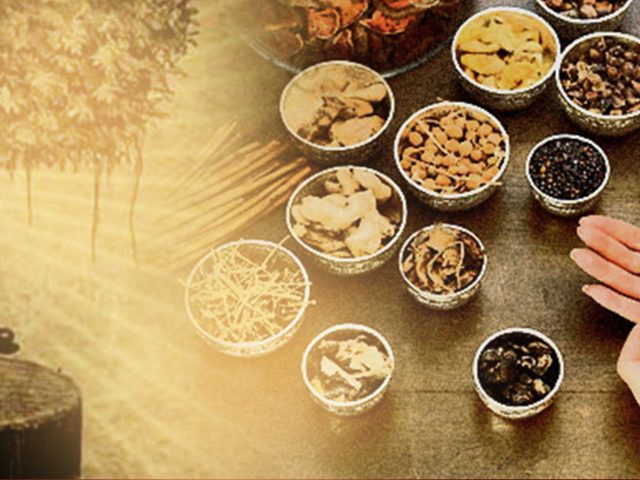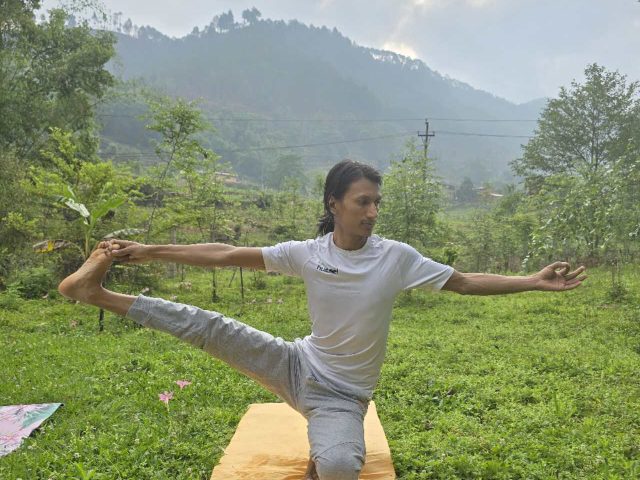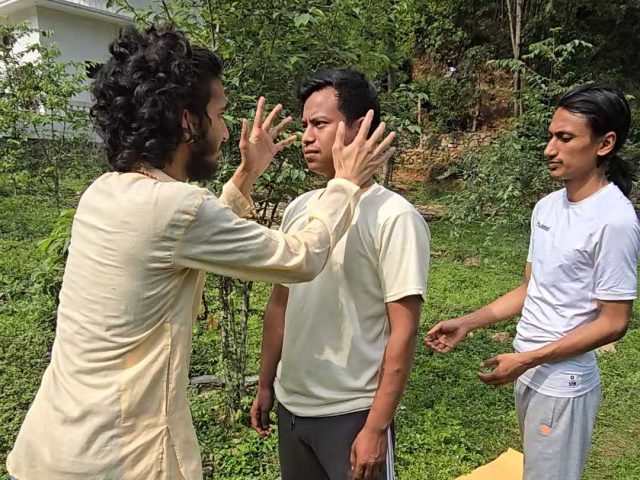Guru Purnima and the Full Moon Day: A Celebration of Devotion, Wisdom and Spiritual Enlightenment
 Blog
Blog Blog
BlogGuru Purnima and the Full Moon Day: A Celebration of Devotion, Wisdom and Spiritual Enlightenment
 Blog
BlogAyurvedic Dincharya (Daily Routine) as per ancient Texts: In Ayurveda, the concept of Dincharya refers to the daily regimen that aligns one’s activities with the natural cycles of day and …
 Blog
BlogShirshasana also known as the headstand is both asana and mudra as per classical hatha yogic book Hathapradipika. It’s the King of all asanas. Benefits: Who Should Avoid? (Contradictions) Mayurasana …
 Blog
BlogTantric mantra healing is an ancient technique of healing with the blending of mesmerism, specific mantras, energy invocation and techniques to induce trance states, which aids in the healing of …
 Blog
BlogThe true essence of yoga revolves around elevating the life force or ‘Kundalini’ at the base of the spine. It aims to achieve this through a series of physical and …
 Events
EventsFamily Ashram!Vedic Arogya Ashram is always open for guests from all the over the world, no matter age, origin or gender. This place is run not as business but as …